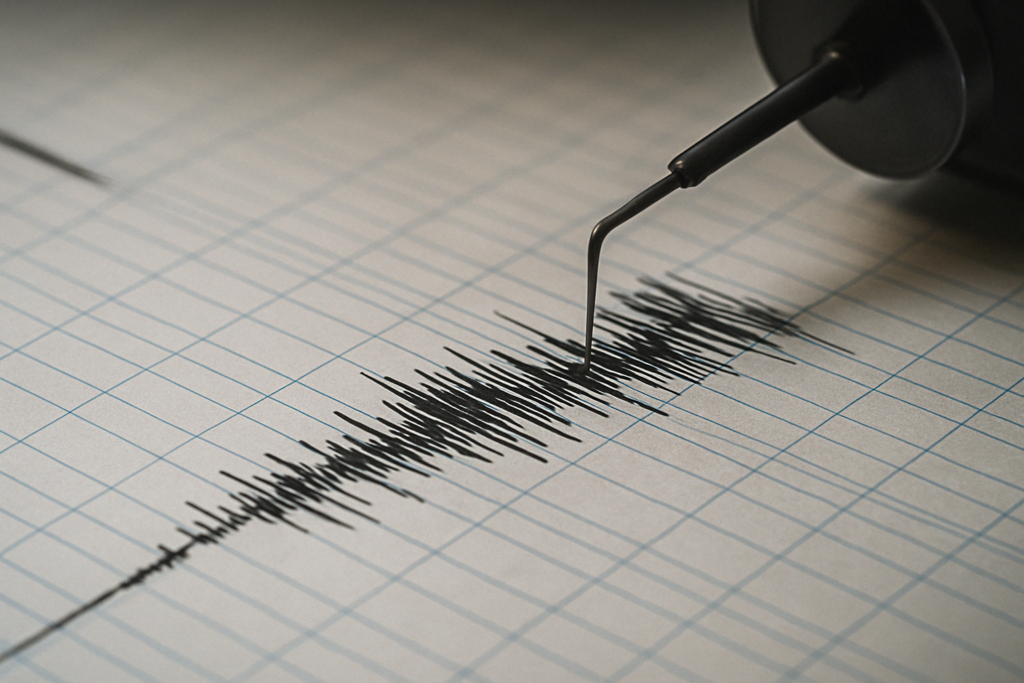
Earthquakes don’t just shake the ground — they also produce powerful, low-frequency sounds humans can’t always hear.
When an earthquake strikes, most people feel the ground move — but few realize that earthquakes also create sound. These sounds, often too low for human ears, are produced by the same energy that causes the ground to shake.
During an earthquake, seismic waves ripple through Earth’s crust. These waves include not only the vibrations we feel but also infrasound — sound waves below the threshold of human hearing. While we might not hear them, sensitive instruments like seismometers and specialized microphones can detect these waves clearly.
In some cases, people do report hearing a low rumble, boom, or roar during large earthquakes. This usually happens when seismic waves reach the surface and vibrate buildings, air, and the ground in a way that’s audible. It’s similar to the sound of thunder — deep, distant, and powerful.
Scientists have even created audio simulations of earthquake sounds by speeding up seismic data, converting deep, inaudible rumbles into sounds we can hear. These recordings help researchers — and the public — better understand how seismic energy moves.
The sound of an earthquake is one more reminder that Earth is alive with motion — and sometimes, even silence can speak volumes.